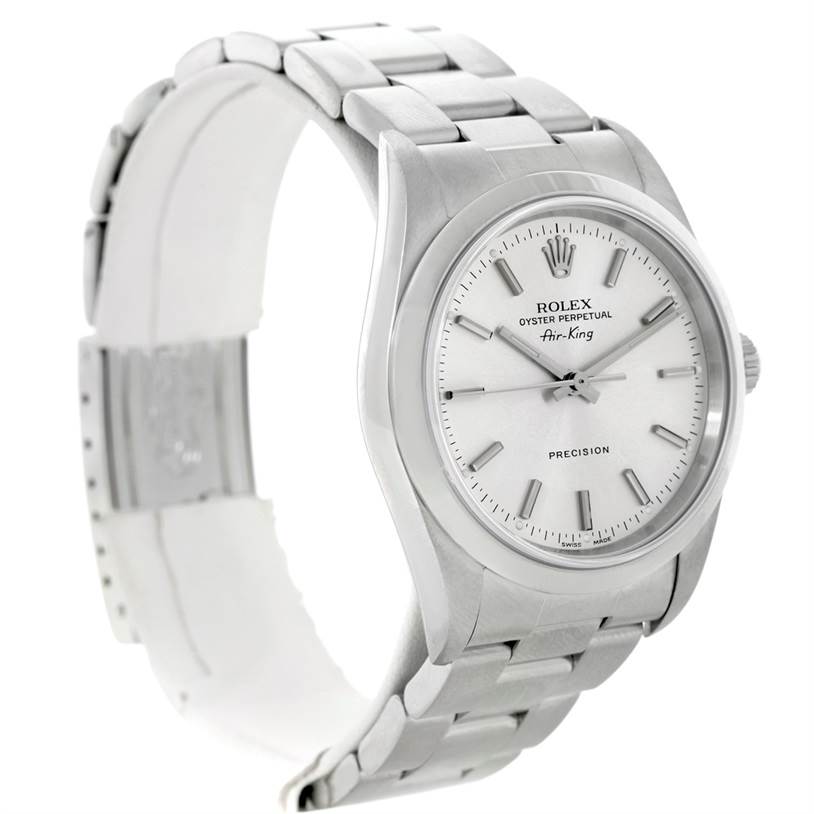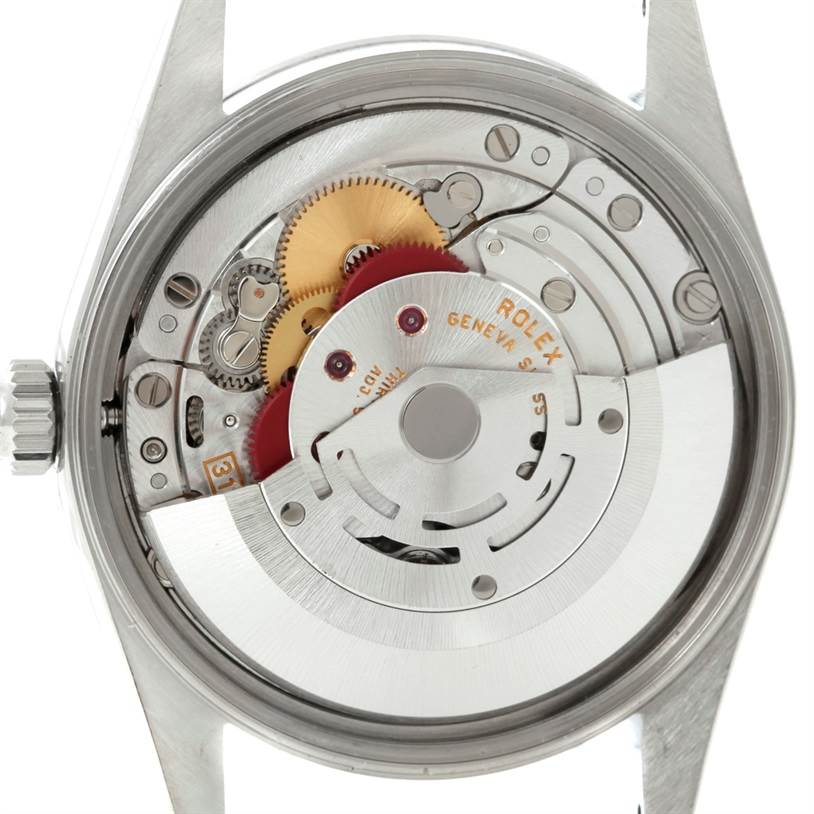
Buying a Chronograph? Here Are a few Things You Should Know
Sometimes the analysis of which watch to buy is limited to “wow, that one looks cool”. However, chronographs are often thought of as “tool replica watches”, and when it comes to tools, you want the right one to get the job done. To guide you in your selection, we offer 10 factors to consider when choosing a chronograph to help ensure it meets your requirements and needs.
Can you see me now? 
Legibility – an easy-to-read elapsed time display – can no longer be taken for granted. In the old days, manufacturers assumed that chronographs would be used and relied upon, so exact elapsed times were a given. Today, elapsed time indications are often sacrificed on the altar of fashion. Manufacturers will ditch them in a second for designs they think will induce customers to say, “this looks really cool”, and reach for their wallets.
The Origin of the Species
Chronograph movements come in various flavours: homemade, third-party and hybrid, integrated and modular, and so on. For some, it is a virtual caste system where the place of birth and physical form confer status, or rather stigma, for life.
Custom chronographs are usually integrated rather than modular in design, and the column wheel usually occupies the central command position (see below for more on these concepts). Manufacture movements can offer fine functional finishing, careful adjustments, and a resulting sense of smooth quality. They can also be beautiful. In-house production gives brands the freedom to produce unique designs and to control every step of the manufacturing process. All of this, of course, requires investment.
Built-in devices and add-on devices
Some people believe that a modular construction would be less precise, except for the best execution. The chronograph’s second hand may jump or pause at startup, the continuous second or minute hand may jump slightly at the startup of the chronograph (even the date dial may move slightly), and the pushers may not feel as smooth and silky. As mentioned above, the modular design also creates more dampening resistance when starting the chronograph. In two recent WatchTime tests, the amplitude of the modular chronograph dropped an average of 73.5 degrees when the chronograph was turned on, compared to 19.5 degrees for the integrated model. The integrated model also uses a vertical clutch – see below. If you are not sure which type of movement a particular imitation watch contains, there are some modular tips. They include a high jewel count, chronograph components that are not visible from the back of the display, a date display located in a hole rather than directly below the dial, and a crown that is not on the same level as the chronograph pushers (although some brands try to cover this up with oversized crowns, pushers, and protectors).